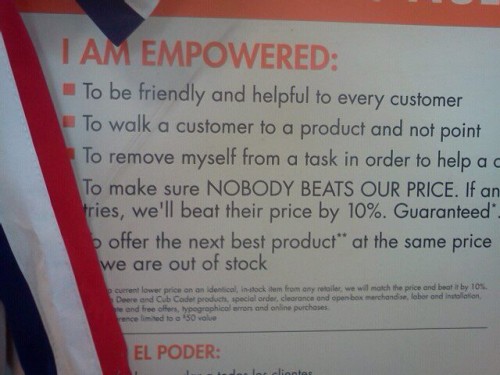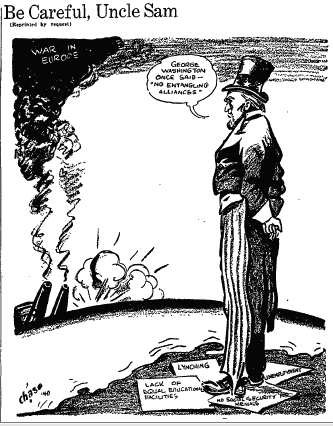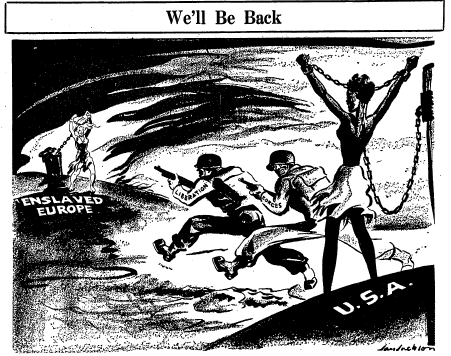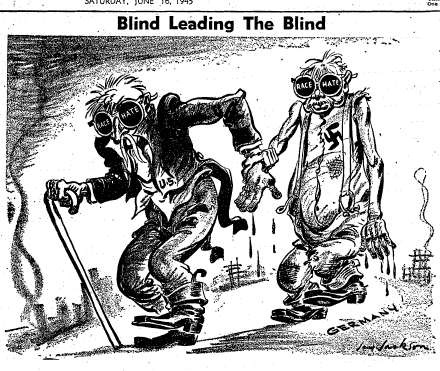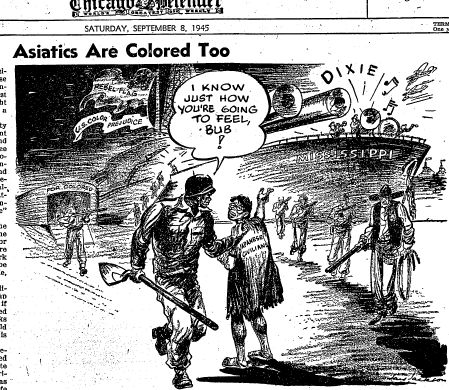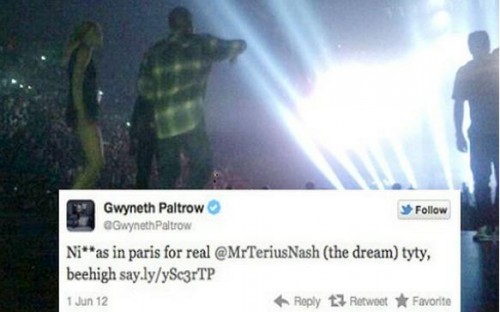 Earlier this week I wrote a post asking Is the Sky Blue?, discussing the way that culture influences our perception of color. In the comments thread Will Robertson linked to a fascinating 8-minute BBC Horizon clip. The video features an expert explaining how language changes how children process color in the brain.
Earlier this week I wrote a post asking Is the Sky Blue?, discussing the way that culture influences our perception of color. In the comments thread Will Robertson linked to a fascinating 8-minute BBC Horizon clip. The video features an expert explaining how language changes how children process color in the brain.
We also travel to Namibia to visit with the Himba tribe. They have different color categories than we do in the West, making them “color blind” to certain distinctions we easily parse out, but revealing ways in which we, too, can be color blind.
Lisa Wade, PhD is an Associate Professor at Tulane University. She is the author of American Hookup, a book about college sexual culture; a textbook about gender; and a forthcoming introductory text: Terrible Magnificent Sociology. You can follow her on Twitter and Instagram.


